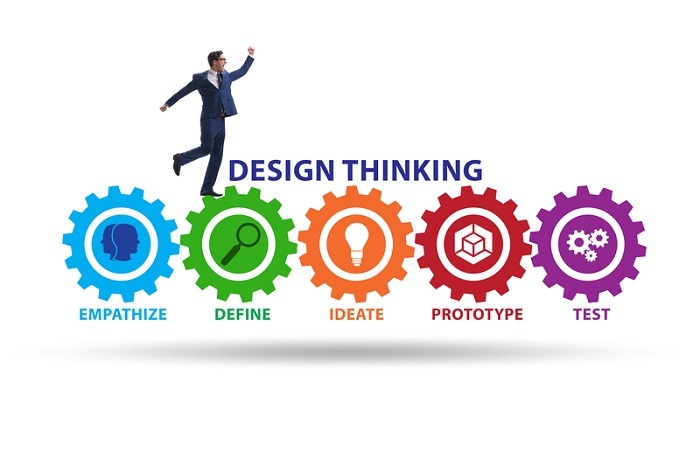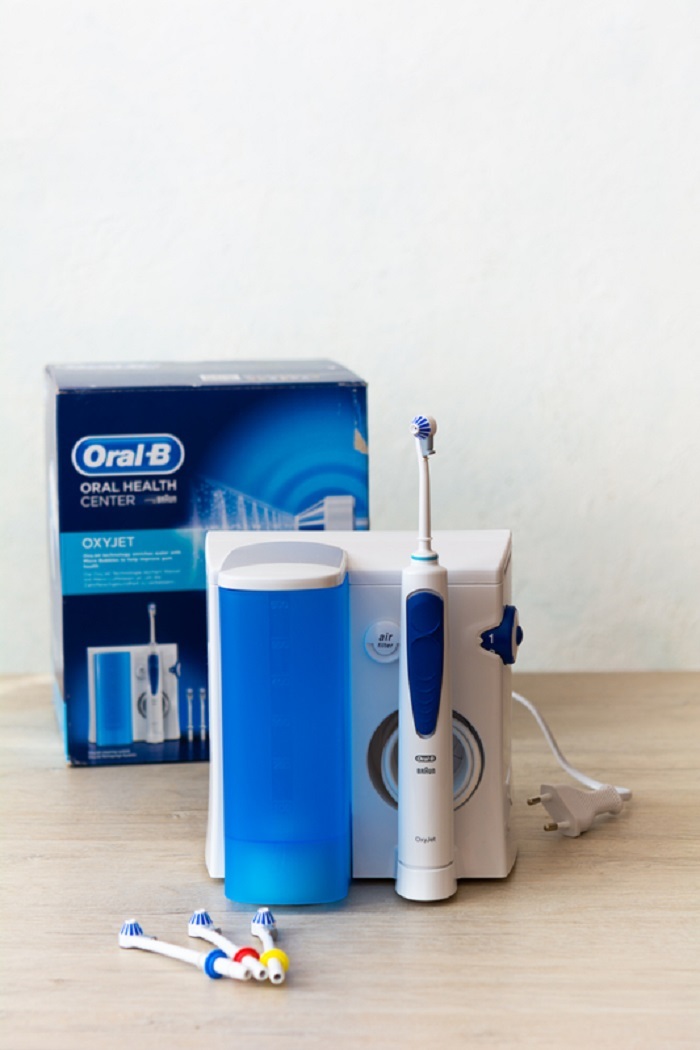
 Data Structure
Data Structure Networking
Networking RDBMS
RDBMS Operating System
Operating System Java
Java MS Excel
MS Excel iOS
iOS HTML
HTML CSS
CSS Android
Android Python
Python C Programming
C Programming C++
C++ C#
C# MongoDB
MongoDB MySQL
MySQL Javascript
Javascript PHP
PHP
- Selected Reading
- UPSC IAS Exams Notes
- Developer's Best Practices
- Questions and Answers
- Effective Resume Writing
- HR Interview Questions
- Computer Glossary
- Who is Who
How Are Top Companies Using the Design Thinking Techniques?
Design thinking is a human-centric, customer-centric, and creative way to solve modern-day complicated business issues. The world today is running on data, automation, and generalization. Design thinking, on the other hand, dares to be different. It is a very subjective form of problem-solving, and it helps the companies get an edge over the competitor, the competitor's product, and the way they do business. It is time-consuming because it is subjective and a costly affair, but it helps the company create a bond with its consumers, which is going to ensure that the firm earns much more revenue than it originally intended.
In today's article, we will be understanding the basics of design thinking, the different phases of design thinking, and how various prominent companies are applying and succeeding through the design thinking approach.

Phases of Design Thinking
The design thinking process is a very creative one, but it can generally be divided into the below-mentioned five phases. A firm can move between the different phases, skip certain phases, and revisit certain phases as needed.
Empathize with your consumers ? In this phase, the firm is trying to understand the consumers. The firm is observing the buying pattern, the different hidden and subconscious needs of the consumer, the decision-making process that the consumer goes through, and others. This data collection helps the company understand the real problem and create products that consumers will want to consume.
Define the problem ? When the firm has collected data regarding its consumers and their various problems, it is time that the company gives a shape to the problem. This phase helps the company understand what it could do better. This statement will become the company's motivation, and it will now devote all of its resources, money, and time to resolving the issues. It helps the company form a clear path.

Ideate different solutions ? This is the collaboration stage, where the company is collaborating with different functional departments to dissect the problem and work on its solution. Functional departments try to provide solutions and gauge the provided solutions according to their point of view. It helps the company develop a product that is somewhat accepted by the different working departments.
Prototype the solution ? After the solutions have been shortlisted, it is time for the firms to start giving shape to the blueprint of the solution. Many solutions fail in this phase because of limited resources, including time, money, technology, and skill. Some of the solutions sail through.

Testing the prototype ? Once the prototype has been created, it is time to start testing the solution. The firm might create various focus groups and provide the product to them for usage. This focus group was closely observed and asked for their review. An excellent example of this phase is the Gillette Company. So whenever Gillette comes up with a razor, it becomes mandatory for the male employees to shave in the office. With this, the company can understand the various defects that the razor has and can improve upon them.
Prominent companies that have used the design thinking approach to solve their business issues or to provide consumers with a better customer experience are ?
G. E. Healthcare ? The company used design thinking to solve an issue that didn't even exist in the market. It was observed that children reacted in a harsh manner (crying and wailing) when they were put into the magnetic resonance imaging (MRI) machines. The environment near the MRI machines was cold and dark, with just distant fluorescent lights. This experience even created trauma for children at an early age, but since it was a part of their overall recovery, they could not avoid it. G. E. Healthcare observed this and used the design thinking approach to solve it. After observing children and their reactions in different environments and speaking to the children and experts regarding the issues, they came up with the solution of the "Adventure Series." Now the whole environment near the MRI machines is child-friendly. They have different themes related to oceans, the sea, pirate decks, and others. Children get involved in the scenery, and the operators can get better results during the MRI.

Oral B ? The company decided to come up with electric toothbrushes that would tell the user about their brushing frequency and gum sensitivity and would play music while doing so. But when they visited Kim Colin and Sam Hecht for help, they realized that brushing is a neurotic act for many people, and they would not want to be burdened with so much information while brushing their teeth. They suggested an alternative after asking the consumers what they wanted in their electronic toothbrushes. The majority of the consumers suggested that they would want a toothbrush that could charge easily and would give them purchase reminders on their phones. Both improvisations were hits.

Netflix ? the company known for delivering the best customer experience throughout the years?has today expanded by leaps and bounds. Netflix is an OTT platform. The company started by understanding the consumer's pain points and is still doing the same. Firstly, it realized that consumers found it hectic to travel to the DVD shops and rent or return the DVD; hence, it came up with the home delivery option for DVDs. Secondly, he understood that the waiting time for the DVD to get delivered was becoming a pinpoint in the customer experience, so they came up with the subscription model. Thirdly, the company understood in 2011 that consumers wanted to watch thought-provoking, out-of-the-box shows that were not easily available on traditional channels, so it started producing its own content. In 2016, the company improved the consumer experience by adding trailers for every show and movie. The company is thriving on Design Thinking, and all of its major updates have been successes.

Airbnb ? The company used to earn $200 per week. Instead of focusing on the key areas of cleanliness, scalability, affordability, and reach, it tried to understand what the problems were with the consumers. While doing the research, the company understood that the consumers want high-quality pictures of the location, a full view of the place rather than selected rooms, mention of special features, the time it would take them to reach the destination, the neighborhood area, the availability of subways, and others. The company incorporated these simple things, and the sales doubled in the next week.

Uber Eats ? The company understood that a lot of factors change from one location to another geographical location, and the main issue that they face is parking. The company came up with a step-by-step guide on how the delivery partner can reach the consumer, and at the same time, even the consumer can locate the whereabouts of its delivery partner to help them wherever needed.
In the above article, we have not only understood the basics of design thinking and the different phases, but are companies successfully applying the design thinking process and succeeding? Companies have understood that the only way to survive and thrive in the current business environment is by helping consumers and improving their customer experience. Design thinking as a whole focus only on this aspect of a business.

